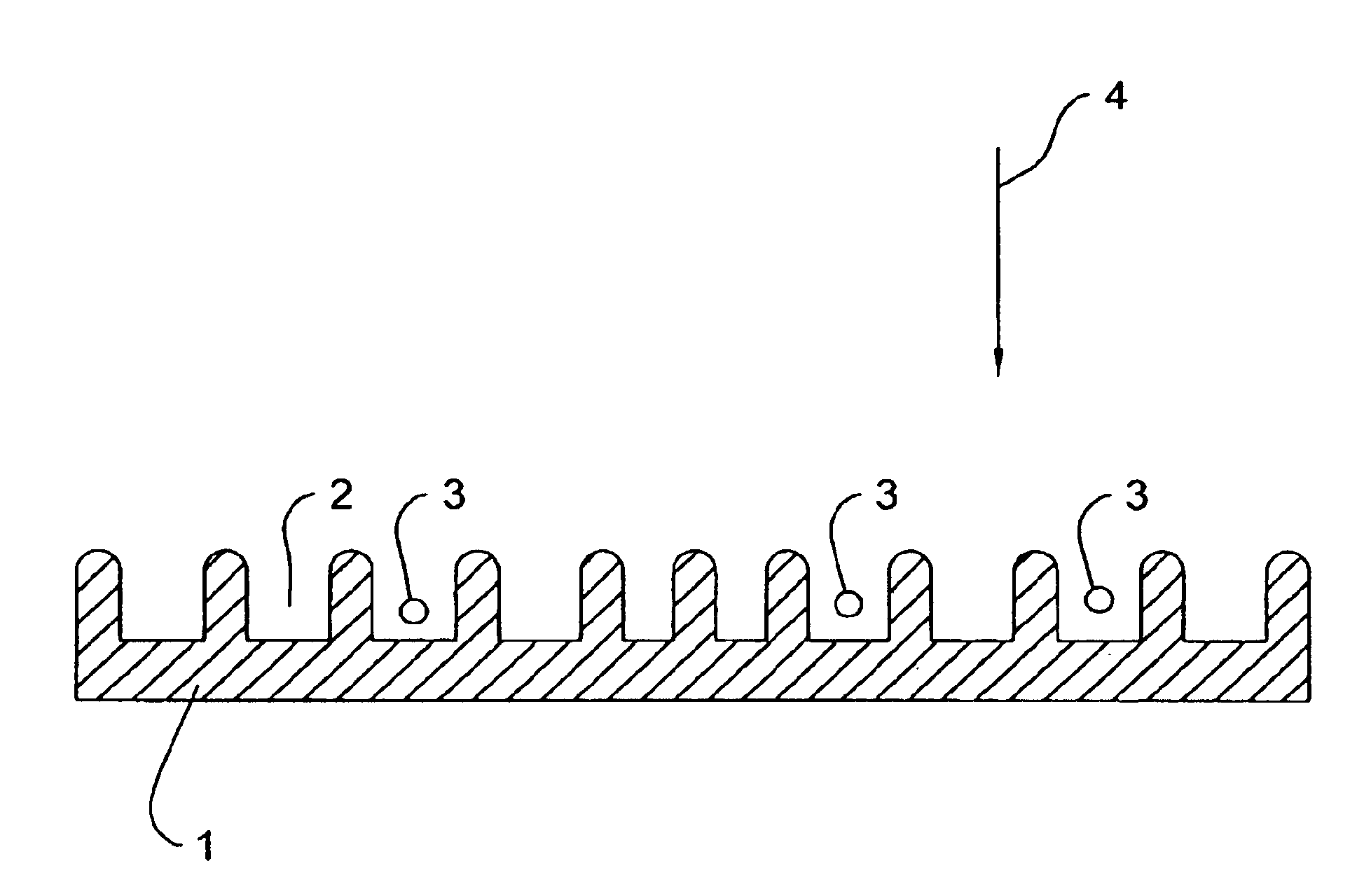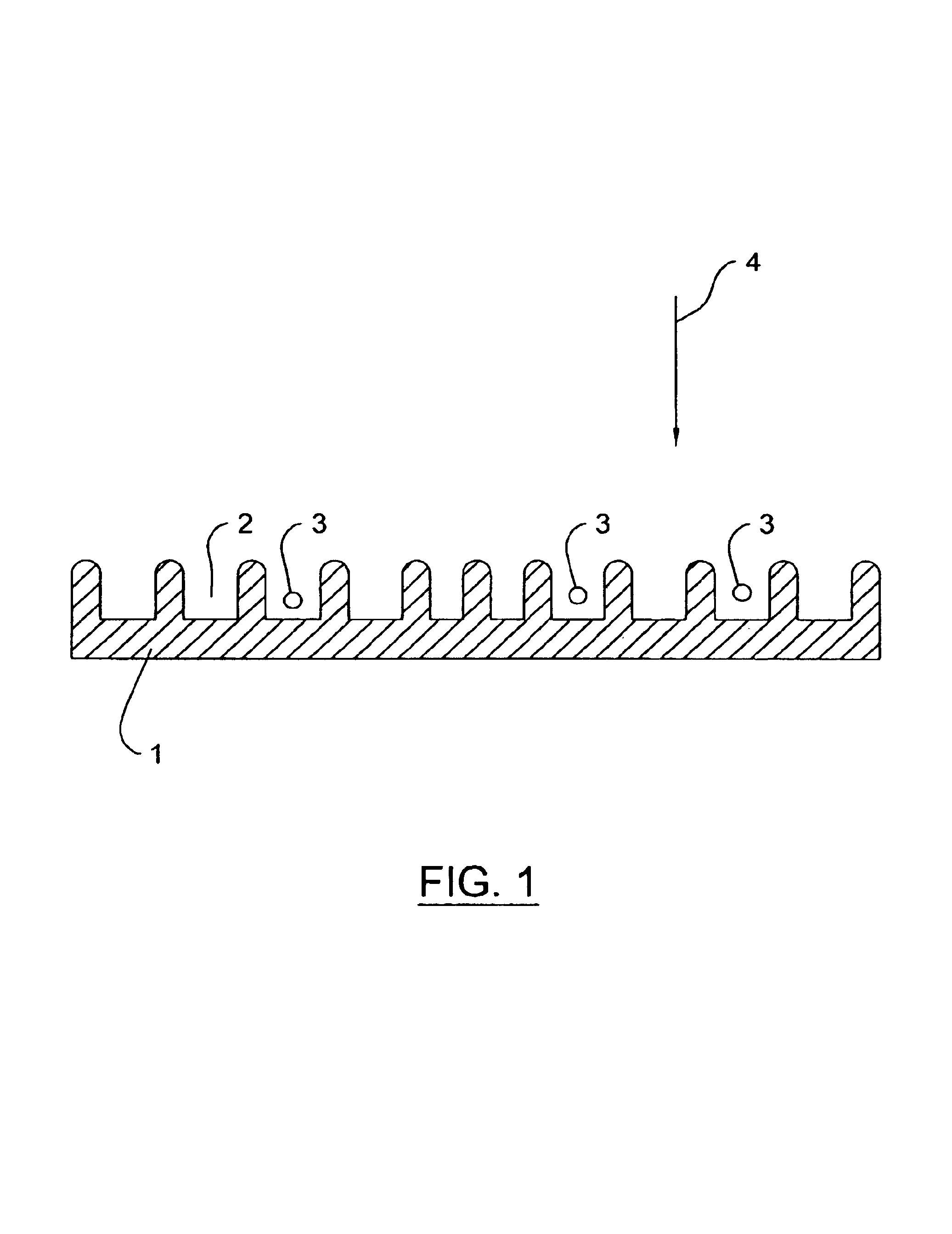Compact sensor using microcavity structures
a microcavity and sensor technology, applied in the field of compact devices, can solve the problems of not revealing the use of field enhancement cavities in grow, difficult to tune a large cavity to a precise resonance frequency, and unable to achieve enhancement effects
- Summary
- Abstract
- Description
- Claims
- Application Information
AI Technical Summary
Benefits of technology
Problems solved by technology
Method used
Image
Examples
Embodiment Construction
of the Sensor
A preferred embodiment of several such sensors, basic structure and principles of which are described above, is as follows.
To detect agents that absorb at optical frequencies, microcavities preferably comprise glass or polymer microspheres. These microspheres are formed in mono-disperse form, in which the spheres are all nearly the same size. The methods of fabrication of mono-disperse glass or polymer microspheres are known to those skilled in the art. If polymer microspheres are used, the preferred polymer is polystyrene. The state-selective material serves as an adhesive holding the microspheres in place on the surface of the substrate. Microspheres comprise just one type of optical resonant microcavities. It should be understood that any array of optical microcavities 2 can be used.
The size of the microcavities 2 is determined by the diameter of microspheres and is dictated by the wavelength of the absorption band of the agent to be detected 3. The range of diameter...
PUM
| Property | Measurement | Unit |
|---|---|---|
| diameter | aaaaa | aaaaa |
| diameter | aaaaa | aaaaa |
| cavity resonance frequency | aaaaa | aaaaa |
Abstract
Description
Claims
Application Information
 Login to View More
Login to View More - R&D
- Intellectual Property
- Life Sciences
- Materials
- Tech Scout
- Unparalleled Data Quality
- Higher Quality Content
- 60% Fewer Hallucinations
Browse by: Latest US Patents, China's latest patents, Technical Efficacy Thesaurus, Application Domain, Technology Topic, Popular Technical Reports.
© 2025 PatSnap. All rights reserved.Legal|Privacy policy|Modern Slavery Act Transparency Statement|Sitemap|About US| Contact US: help@patsnap.com



